Last week we wrote that the federal-industry research and development partnership is “troubled.” We were prompted by plateauing federal science investments and increasingly polarized debates over renewal of the America COMPETES Act, which will set policy for three major U.S. science agencies. Looming over everything, meanwhile, is the vulnerability of the entire federal discretionary budget to harsh cutbacks. According to the Congressional Budget Office, spending on interest and mandatory programs is projected to grow from 68 percent of the budget this year to 78 percent in 2025. Over the same period, discretionary spending is projected to shrink from 32 percent of total spending to 22 percent. Discretionary spending funds federal R&D, so this is not good.
Which is why it’s time to look at some new models for investing in innovation—and perhaps to explore “a different paradigm,” as New York Times columnist Eduardo Porter recently put it. Clearly, as my colleague Bruce Katz says, the nation needs “a smarter game plan” for managing a likely federal scale back.
Such a smarter game plan might include strategies to maintain and even expand federal investment by giving the states a way to participate more directly in the financial rewards of federal R&D risk-taking. For example, Marianna Mazzucato of the University of Sussex proposes that federal innovation agencies should socialize the gains as well as the risks of their investments by retaining ownership of a portion of the intellectual property created by their grants. In this way, taxpayers would profit when that IP is employed by Apple, say, in the iPhone. Such a strategy could allow for recycling a share of the rewards of federal investment back into the federal science enterprise.
However, the seemingly intractable partisan gridlock and ideological polarization that currently paralyzes Washington raises questions about the viability of Mazzucato’s proposal. Which is why our group has continued to talk about sub-national innovation initiatives, even when it comes to R&D.
To be sure, it is anathema to many defenders of federal science funding to talk about state and local engagement in the R&D enterprise. These voices rightly point to the danger of legitimizing federal pullback and note that, because the benefits of R&D spill across local and state boundaries and can’t be locally captured, R&D will be under-provided if left to individual actors. Moreover, how much could or would the states come up with? State governments spent less than 1 percent of what the federal government did on R&D in 2012.
Yet some innovative activity has sufficient local benefits to warrant state or even local initiative, and, for that matter, some states and metropolitan areas—mostly big ones—are responding to the challenge. State government R&D expenditures have increased by over one-third since 2006. Meanwhile, an impressive set of specific sub-national initiatives presages what state and local self-help might look like:
- State ballot measures have proven to be of use in financing significant innovation expenditures. Witness the 2004 California Stem Cell Research and Cures Initiative, which authorized a $3 billion investment in stem cell research, or the $2.3 billion Ohio Third Frontier Initiative, discussed in this paper by Jessica Lee, Bruce Katz, and Mark Muro. Each of these initiatives highlighted state citizens’ willingness to authorize significant general obligation bonds for large-scale public tech investment.
- “Bottom-up” metropolitan R&D and technology-development initiatives are taking on new scale and ambition. Think about New York City’s Applied Sciences NYC startup, which features a well-funded partnership of Cornell University and the Technion-Israel Institute of Technology to launch a $2 billion science and engineering campus on Roosevelt Island. The city’s balance sheet and large philanthropic and civic gifts are being leveraged to finance the effort.
- Hybrid, business-driven partnerships are on the rise. One emergent example is the Indiana Biosciences Research Institute. This $300 million new initiative is being developed by major Indianapolis biosciences corporations such Eli Lilly and Company and Roche Diagnostics, the industry catalyst BioCrossroads, the state of Indiana, academia, and nonprofit donors.
In sum, states and metropolitan areas are beginning to step up. They neither can nor should assume the bulk of the nation’s R&D responsibility, but they are asserting themselves and will do so more as the federal government becomes a smaller and less reliable investor.
The Brookings Institution is committed to quality, independence, and impact.
We are supported by a diverse array of funders. In line with our values and policies, each Brookings publication represents the sole views of its author(s).

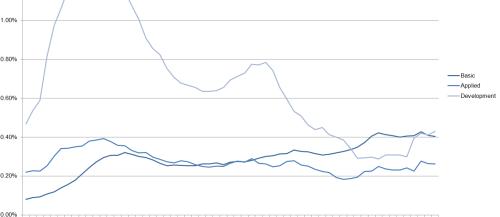
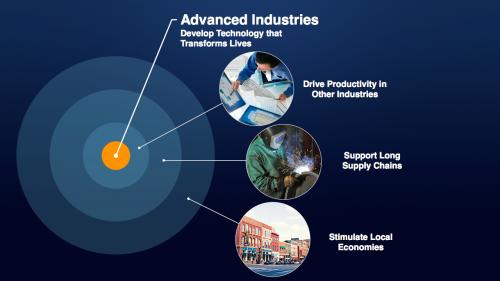
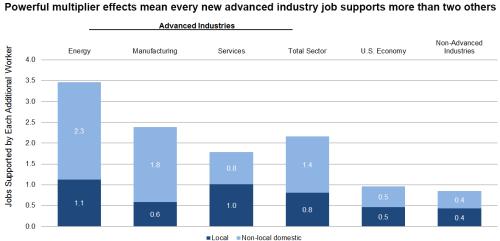


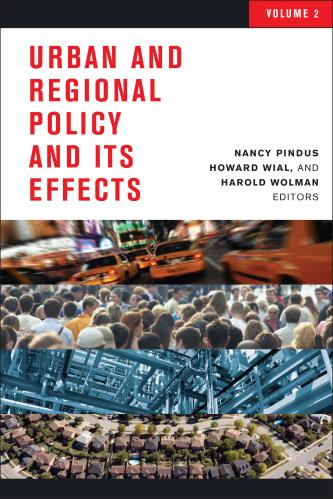
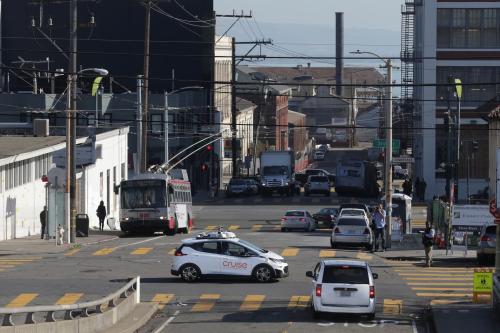

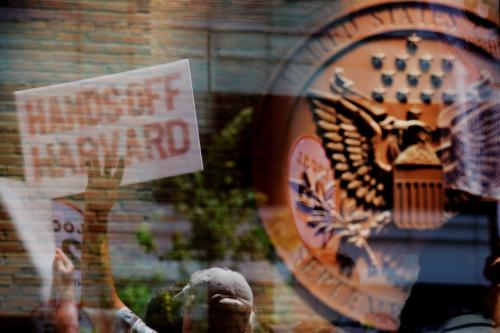
Commentary
Bootstrapping R&D: States, metros step into Washington’s shoes
June 2, 2015